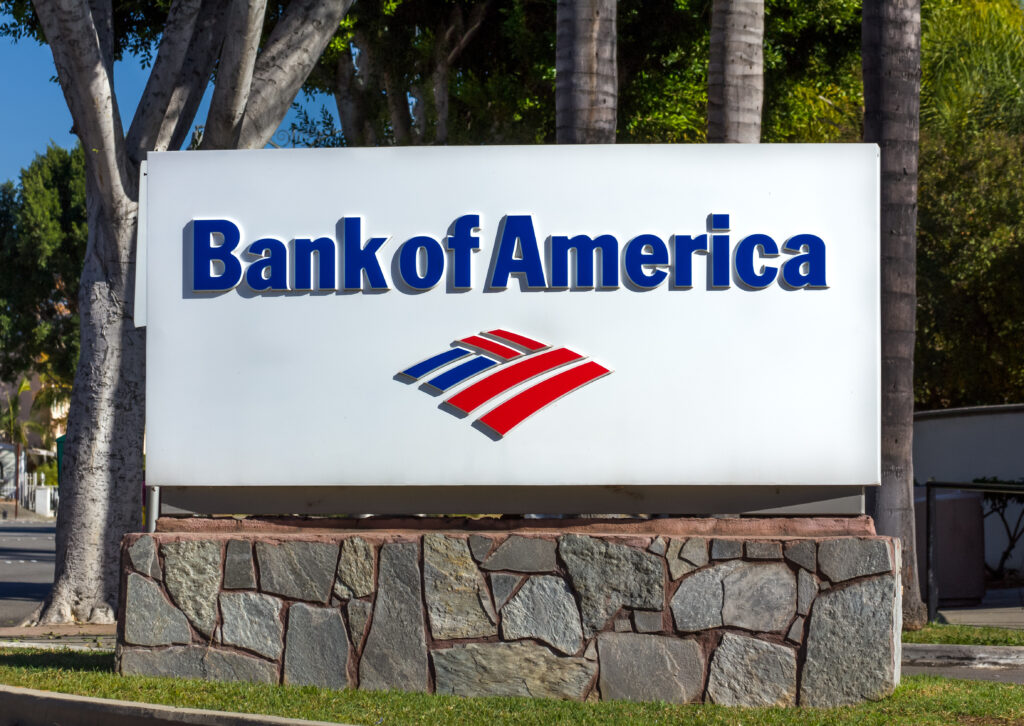
Key Takeaways:
- Bank of America is exploring stablecoins for transactional use, aiming to enhance its payments infrastructure.
- CEO Brian Moynihan noted potential partnerships with major banks and emphasized the need for regulatory clarity.
- The stablecoin market has surged to $257 billion, prompting legislative action like the GENIUS Act in the U.S. Senate.
Bank of America is in the early stages of exploring stablecoins to enhance its payments infrastructure, amid rising interest in blockchain tools across traditional finance.
CEO Brian Moynihan said during the bank’s Q2 earnings call that BoA is focused on using stablecoins as a “transactional device” to support the movement of trillions in client assets.
BULLISH:
— Coinvo (@ByCoinvo) July 16, 2025
🇺🇸 BANK OF AMERICA CEO BRIAN MOYNIHAN SAYS THE BANK WILL LAUNCH ITS STABLECOIN SOON! pic.twitter.com/erDopi4Sdt
The bank began seriously examining stablecoins in early 2025 and is considering launching one in partnership with JPMorgan and Citigroup, pending clear legislation.
Moynihan emphasized that stablecoins could enable efficient transfers of U.S. dollars and euros, although adoption will depend on transaction scale.
The sector’s rapid growth supports this interest – stablecoin volumes in 2024 surpassed those of Visa and Mastercard combined, and total circulation has reached $257 billion, nearly double since early 2023.
"It's pretty clear there's going to be a stablecoin, which is going to be a fully dollar-backed… it’s no different than a bank account," says Bank of America CEO Brian Moynihan.
— Bloomberg TV (@BloombergTV) February 25, 2025
Watch this episode of Peer-to-Peer with David Rubenstein March 12th https://t.co/gHGN19L3VX pic.twitter.com/rhVDtwT8uQ
Tether (USDt) and Circle (USDC) dominate the market.
Meanwhile, regulatory attention is intensifying.
The bipartisan GENIUS Act, aimed at regulating stablecoins, passed the Senate but awaits a House vote.
Financially, BoA reported a 3% rise in net income to $7.12 billion and a 4% revenue increase to $26.61 billion, slightly missing forecasts.

